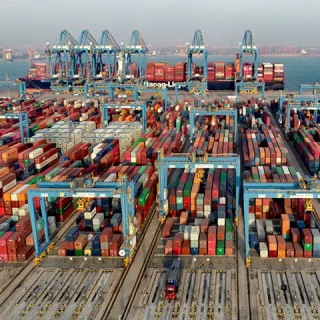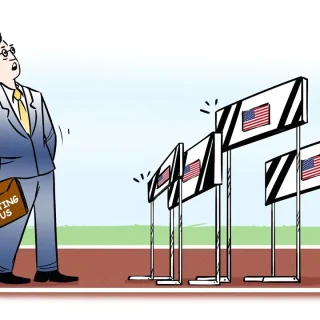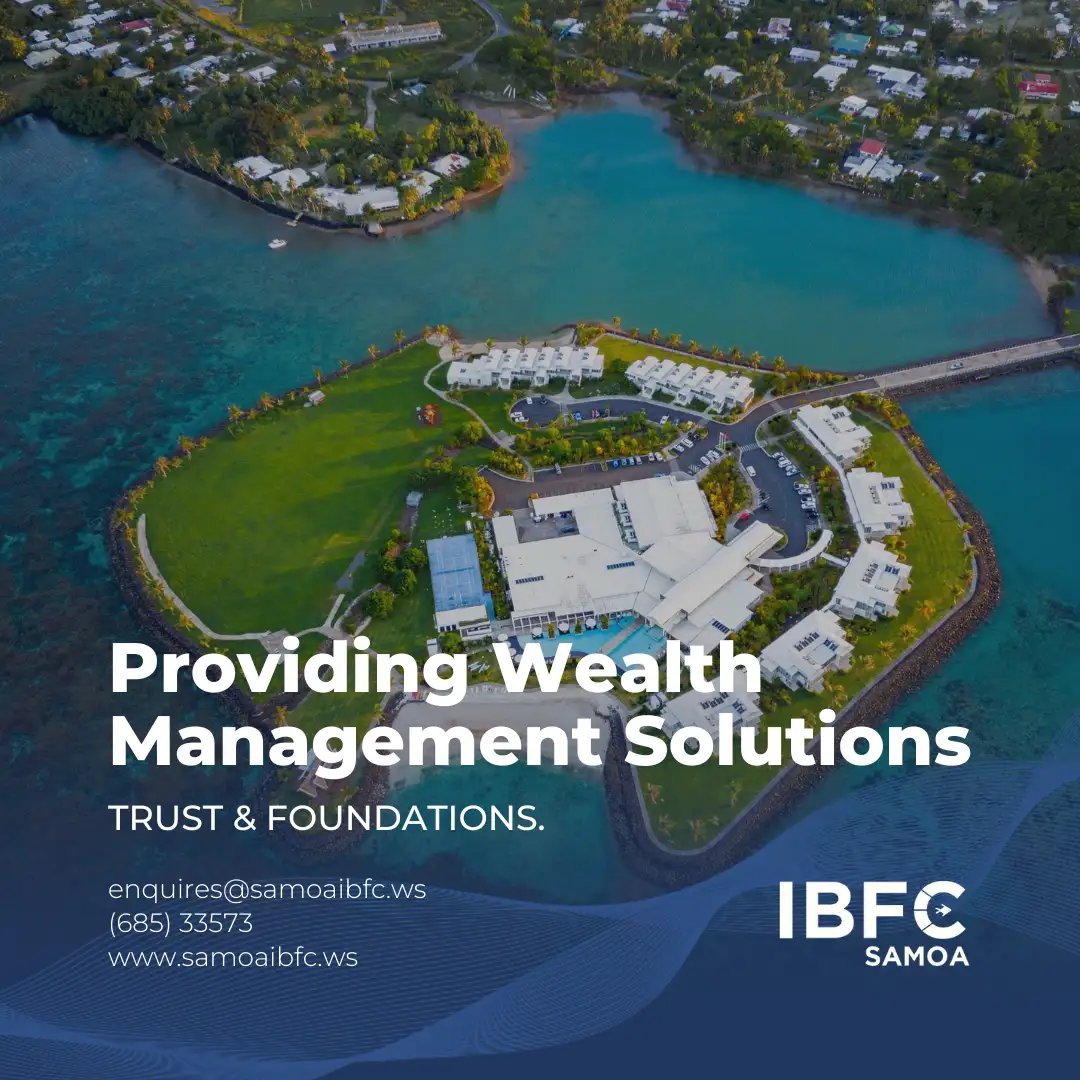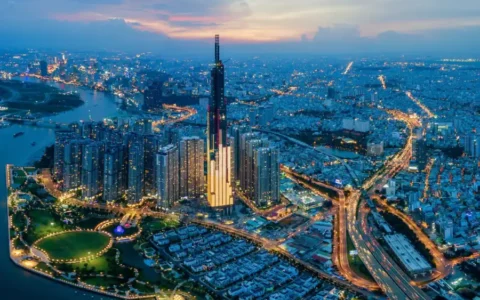Wealth migration—the movement of high-net-worth individuals (HNWIs) across borders—has been a significant phenomenon influencing global economic landscapes. As of 2025, understanding the historical context, current dynamics, and future projections of this trend is crucial for policymakers, investors, and economists alike.
Historical Context
The late 19th and early 20th centuries witnessed substantial migration flows, primarily driven by individuals seeking better economic opportunities. Between 1850 and 1920, approximately 55 million Europeans emigrated, with the United States absorbing nearly 30 million of these arrivals. This period, known as the Age of Mass Migration, laid the foundation for contemporary patterns of wealth movement.
Post-World War II to Early 21st Century
Following World War II, decolonization and economic reconstruction led to new migration patterns. Emerging economies in Asia, the Middle East, and Latin America began attracting foreign investments, prompting affluent individuals to explore opportunities beyond traditional Western markets. The rise of globalization further facilitated the mobility of capital and people, setting the stage for modern wealth migration.
Recent Trends Leading Up to 2025
In the years leading up to 2025, wealth migration has not only accelerated but evolved in nature, driven by a complex combination of economic policies, geopolitical tensions, and shifting investor priorities. A major trend has been the movement of HNWIs away from traditional financial hubs facing increasing regulatory burdens and political unpredictability, towards jurisdictions offering greater economic stability, tax efficiency, and personal freedom.
For example, the United Kingdom’s proposed changes to its non-domiciled tax regime have triggered a record-breaking outflow of millionaires, with over 10,000 HNWIs relocating in 2024 alone. Many of these individuals have shifted their wealth to low-tax jurisdictions such as the UAE, Switzerland, and Singapore, not only for favorable fiscal policies but also for wealth preservation and enhanced lifestyle offerings.
Similarly, the political landscape in the United States has motivated affluent Americans to seek second citizenship or residencies in countries like Canada, Portugal, and those in Europe and the Caribbean. They often cite social policies, increasing state taxes, and concerns over long-term stability as their reasons. Read this article for more details
Another key trend is the increasing number of wealthy individuals from emerging markets, particularly China, India, and the Middle East, diversifying their assets globally. These investors are leveraging residency-by-investment (RBI) programs to access mature economies while securing safety nets against local market volatility, currency depreciation, or capital controls.
Additionally, the expansion of digital nomad visas and business-oriented migration programs has attracted younger entrepreneurs and tech-savvy investors who are less interested in traditional wealth hubs and more focused on flexibility, innovation ecosystems, and global business access.
What distinguishes the current phase from previous decades is the multi-layered motivations behind wealth migration decisions—combining not just tax and regulatory advantages but also considerations like political stability, climate resilience, healthcare infrastructure, education access, and technological connectivity.
As we enter 2025, it is clear that the motivations behind wealth migration are more diversified and strategic than ever, reflecting a new era where wealth preservation is closely linked to personal freedoms, global mobility, and long-term resilience planning.

Projections for 2025
The year 2025 is expected to witness unprecedented levels of wealth migration. Projections indicate that approximately 142,000 millionaires will relocate globally, surpassing the previous record of 134,000 set in 2024. This surge is attributed to ongoing regional and global volatility, prompting HNWIs to reassess their geographic and financial strategies.
Emerging Destinations
Several countries are poised to become prime destinations for migrating millionaires in 2025:
United Arab Emirates (UAE): The UAE’s Golden Visa program, offering long-term residency and benefits for sponsoring family members, continues to attract affluent individuals, particularly from India.
Singapore: Renowned for its political stability and robust financial infrastructure, Singapore is emerging as a top destination for wealthy migrants in Asia.
European Countries: Nations like Portugal, Greece, Malta, Hungary, and Cyprus are offering pathways to residency for high-net-worth individuals (HNWIs), providing attractive options for those seeking access to the European market and diversified investment opportunities.
Driving Factors
Several key factors are influencing the current wave of wealth migration:
Political Climate: Policies affecting personal freedoms and social issues are prompting wealthy individuals to seek more favorable environments.
Economic Policies: Changes in tax regimes, such as the UK’s non-dom policy adjustments, are motivating millionaires to relocate to jurisdictions with more favorable tax structures.
Lifestyle and Security: The pursuit of better quality of life, safety, and access to superior healthcare and education systems continues to drive wealth migration.
Implications for Global Economies
The movement of HNWIs has significant implications:
Economic Growth: Destination countries often benefit from increased investments, job creation, and enhanced economic activity.
Real Estate Markets: Influxes of wealthy individuals can drive demand in luxury real estate markets, as observed in cities like Dubai.
Wealth Distribution: Source countries may experience capital outflows, potentially widening economic disparities and impacting public finances.

Wealth Migration in 2025 and Beyond
As we move through 2025, wealth migration is no longer a reactionary move but a strategic financial strategy used by high-net-worth individuals to safeguard assets, optimize taxes, and future-proof wealth in an unpredictable global environment. What was once a trend driven primarily by political instability or tax efficiency has now evolved into a multi-dimensional strategy, incorporating concerns about currency depreciation, geopolitical shifts, and long-term economic resilience.
In many emerging markets, persistent issues like currency volatility, inflationary pressures, and capital controls are prompting wealthy individuals to diversify their assets into stable jurisdictions. Here, investment migration programs—whether through citizenship-by-investment or residency-by-investment—play a critical role. They provide access to countries with stronger currencies, stable financial systems, and reliable legal frameworks, allowing investors to hedge against risks in their home economies.
For destination countries, this ongoing wave of private wealth migration brings not only capital inflows but also broader economic benefits, including real estate investments, job creation, and enhanced global connectivity.
Looking ahead, the interplay between wealth migration, currency risk, and investment migration programs will only intensify. Policymakers, wealth managers, and investors alike will need to adapt to this shifting landscape, ensuring compliance while maximizing opportunities in a world where mobility, stability, and financial security are increasingly intertwined.










